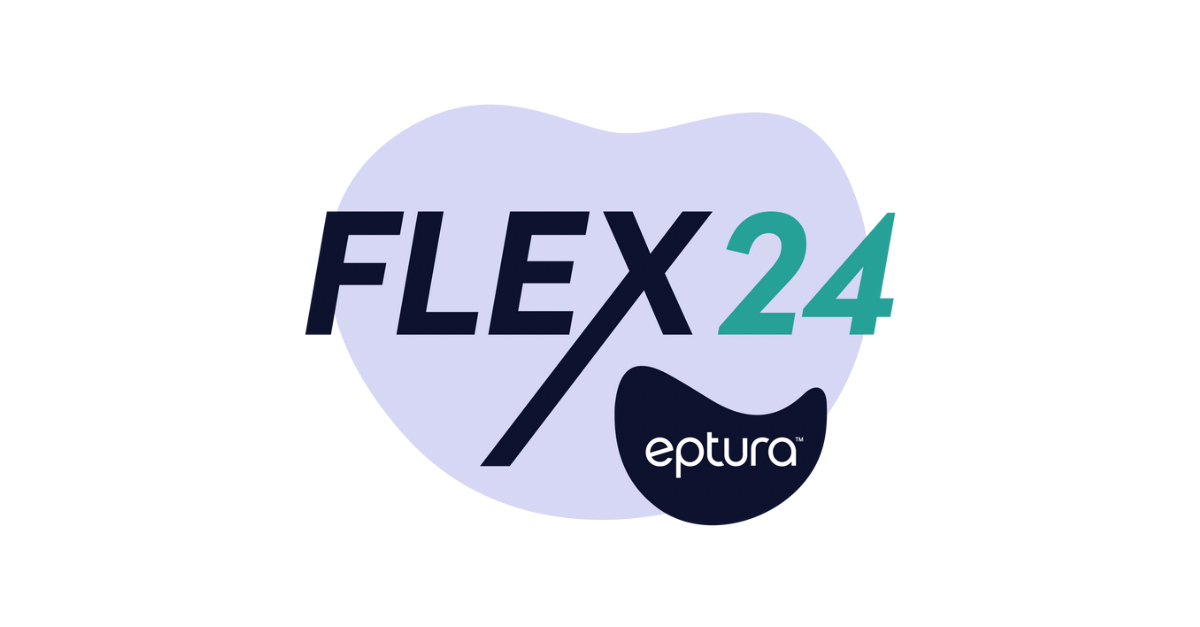
Consider buying a new car. It’s an experience that’s notoriously frustrating — one most people dread. They hate pestering salespeople, haggling over price and interest rates, and signing dozens of documents. By the time they drive off the lot, most people are too exhausted to enjoy their purchase. The overall experience was simply draining. It’s the same concept for an employee’s experience in the workplace.

Unlike the experience of buying a car, you want employees to feel good coming to work! Many employees today work hybrid, and it’s your job to ensure they enjoy coming to the office as much as they enjoy remote work. They shouldn’t dread walking up to the building or feeling tension when sitting at a desk. Employees should leave feeling fulfilled at the end of the day. Research shows a good employee experience can improve the productivity, comfort, and cohesiveness of an excellent workplace experience.
What is employee experience?
Employee experience is a self-explanatory term. It’s how your employees feel about their employment. Only recently has employee experience become quantified as the sum of culture, technology, and workplace — though it’s most often correlated with the workplace since that’s where all these variables come together.
In a genuine sense, employee experience is about making employees excited, proud, happy, and confident in their work. Companies capable of doing this create a positive employee experience; companies that fall short may deliver a negative or unexciting experience to workers, leading to employee burnout. It’s an outcome dictated mainly by the willingness and ability to meet and exceed employee needs, expectations, and standards.

Every company wants happy employees but employee experience goes far beyond making people happy. It’s about attaining the benefits of happy, engaged, and productive employees. Here are 10 reasons employee experience is important and why it pays to create a positive one:
- Attract and retain talent. Skilled employees want to work in a place that embraces and supports them. From the interview to the onboarding process through all stages of the employee, a good experience provides top talent with a sense of purpose and work-life balance.
- Create camaraderie. A company’s workforce needs to function as a team. Bad employee experience can push people apart; good, shared experiences bring them together.
- Enable work support. A good experience empowers employees to try their best. This way, employees feel confident about their work and less afraid of failure if their workplace projects an air of support.
- Improve engagement. Employees with a positive view of their workplace enjoy a certain level of excitement about their job. They’re attentive, engaged, and ready to do their best.
- Foster collaboration. Given a positive experience collaborating with their peers, employees won’t be afraid to ask for help, provide guidance, or work together—especially in an environment that supports them.
- Inspire creativity. The ability to think clearly and creatively benefits businesses and employees alike. That creativity fosters innovation, which leads to growth.
- Prioritize well-being. If a workplace weighs heavily on an employee, they’ll suffer at work and home. Promoting a positive employee experience encourages higher engagement, which can improve mental health.
- Feed the bottom line. An excellent employee experience boosts the bottom line through everything from better efficiency to a higher caliber of work done. Happy employees drive revenue growth.
- Bolster company image. People talk. When the topic of work arises and employees say only good things, that word of mouth becomes part of the company’s ethos, and perception is often reality.
- Grow professionally. Employees who feel good about where they work grow in their professional endeavors. They do more, learn more, and feel comfortable taking on responsibility.
Remember, these benefits are contingent on a positive experience and can be erased by a negative one. Let’s return to the car analogy from above. If you have a wonderful experience at the dealership, you might be more willing to recommend them to a friend or pay a little extra for features you might not have otherwise.
A bad experience may make you leave the lot without even buying a car! From the moment of arrival to the moment of departure, experience means everything — especially to attract and retain top talent.
Reap the benefits of a positive employee experience
At the end of the workday, positive employee experiences directly correlate to business success. Employees who feel welcomed, accommodated, and empowered bring that positive energy to their work, the interactions they share, and the company culture. These factors contribute to a business’s bottom line and competitive advantage.

Pay close attention to employee experience in the workplace. Do they show up and leave in a good mood? Can they work efficiently and productively? Do they immerse themselves in the workplace? Look for the hallmarks of a good experience and address facets of the workplace where friction, tension, and other negative sentiments are an opportunity to improve the employee experience.
Keep in mind people will never be happy all the time. But an employee’s workplace experience should never be the reason why they’re unhappy. If it is, it’s time to reshape your workplace and employee experience.


